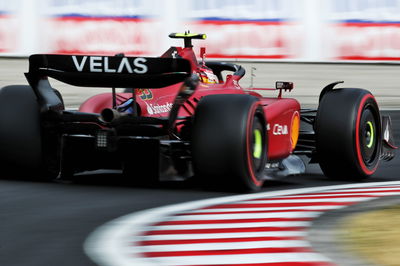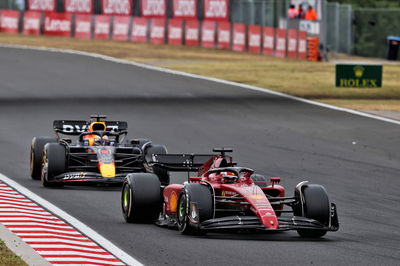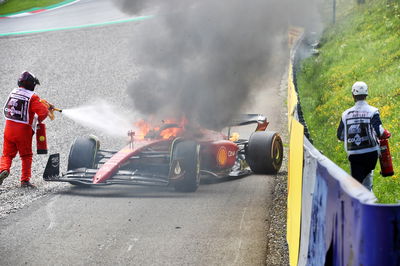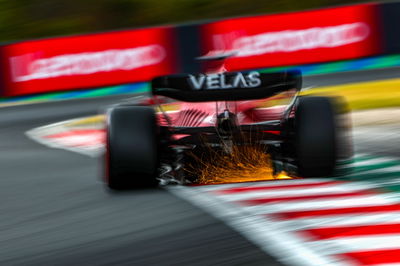F1 TECH - Ferrari to favour performance over reliability in title chase?

These were the words used by Ferrari team principal Mattia Binotto after the French Grand Prix.
Important words to help keep the motivation of the team high after a bad race, like the one at Paul Ricard, in which Charles Leclerc's crash seriously undermined the hopes of the team to win the championship.
Binotto's words can also be interpreted as a way to underline how confident Ferrari are about the strength of their car and how determined they are to upgrade it, right until the last race, in their championship fight against Red Bull.
Since the beginning of the season, the engineers directed by Enrico Cardile made a job that has been quite close to perfection with the F1-75.
So far, Ferrari’s technicians have brought efficient upgrades to the track, with the goal of solving the weak points of the car.
Developments that, objectively, are reflecting the results seen during the simulation, allowing the red cars to fight, in every race, at the same level of the Red Bulls.

But, unfortunately, every effort made by the "men in red" seems to be useless, because several episodes (crashes, reliability issues, wrong tactics) are making the Scuderia's fight for the championship extremely difficult.
Back at Maranello, despite the negative elements just exposed, there isn't the will to give up. Instead, there is a focus to push hard on the upgrades to improve as much as possible. Ferrari’s engineers are working flat-out on the F1-75, from the aerodynamics to the engine.
The power unit is a particular area of focus. According to what some Italian newspapers reported recently, Binotto's staff would be ready to introduce, some time between the Belgian and Italian Grands Prix, a new hybrid upgrade.
Following the rumours that come from GeS, the new MGU-K is expected after the summer break. It is designed to give a greater amount of energy, and power, to use during the lap.
It is a development that is necessary to address Ferrari's weak point of top speed at the end of the straights.

In theory, this development of the MGU-K should deliver a greater amount of energy throughout the lap, and this would provide a two-fold advantage. The first is increased traction out of corners - already a strong point of the F1-75 - while the second is a top speed boost.
This step of the PU should avoid clipping (a phenomenon that appears at the end of the straights, when the electric energy is used up and the speed of the car doesn't increase anymore, even if the throttle is flat out).
Despite the well-documented negatives, there remains a great desire at Maranello to extract the maximum potential from the car, not paying attention to the reliability problems that have appeared so far.
According to the engineers, these are problems that do not have a rapid solution and that, after internal reflections, have led the technicians to favour performance over reliability.
As a result, Ferrari will likely sacrifice two races (on tracks where it is easy to overtake from the back) to take penalties in order to install the updated version of the PU.
It is a similar strategy to the one adopted last year by Mercedes which enabled Lewis Hamilton to fight Max Verstappen for the world championship until the last lap of the season.












